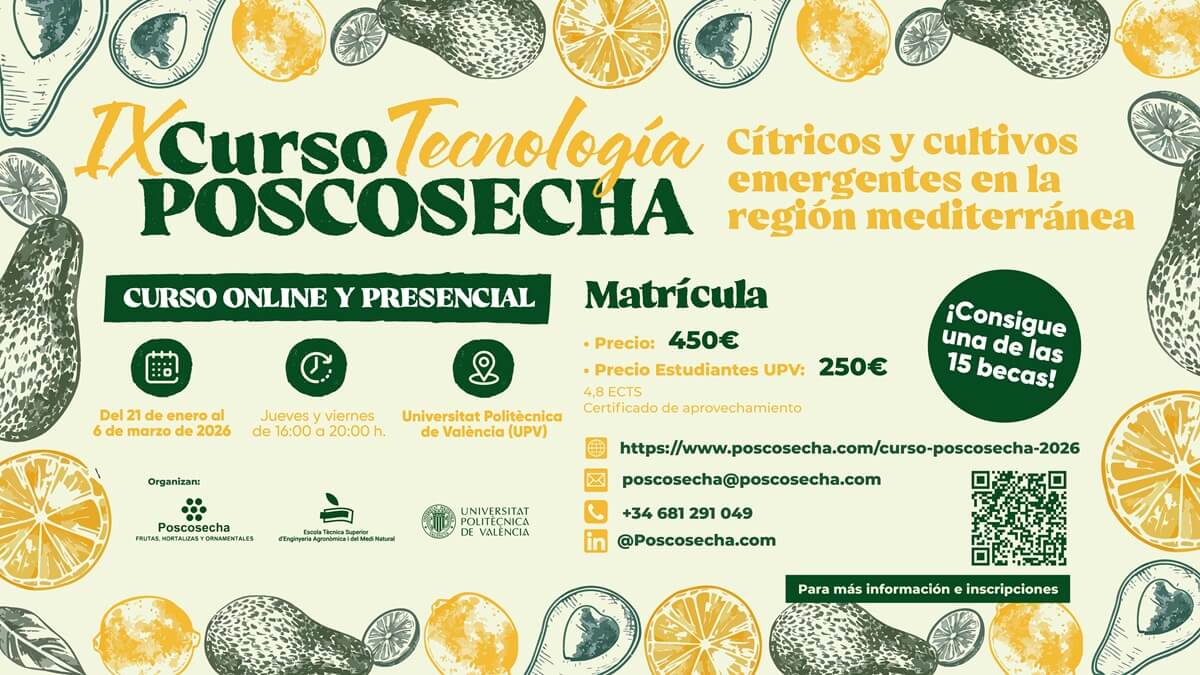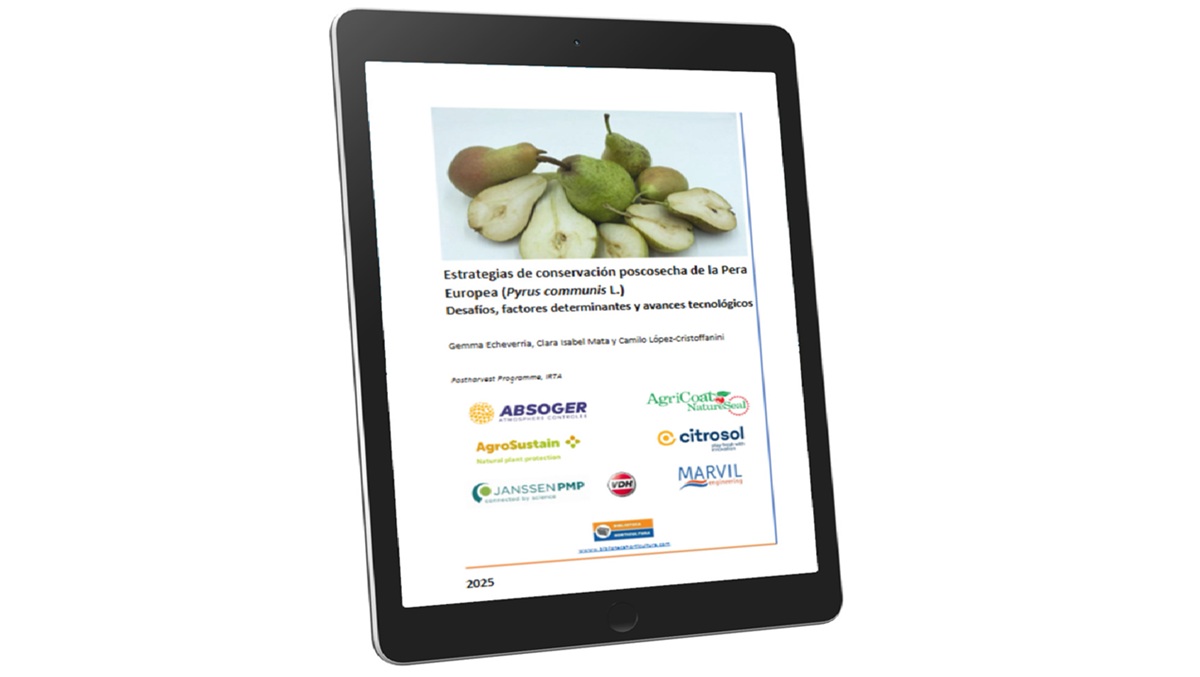Measurements
Developing a user-friendly risk assessment tool to assess the food safety risks of fresh produce production and landscape use
Online tool will yield pathogenic E. coli risk assessments

Although researchers have conducted numerous studies about environmental and geographical influences on potential food safety outbreaks, much of that work is not easily accessible. To that end, Alda Pires, Ph.D., with the University of California, Davis, plans to tap much of that research to power a user-friendly online risk assessment tool for pathogenic E. coli.
Not only does Pires envision it providing customized results based on user-centered information, such as field locations, crops, and farming practices, but the tool will also offer possible mitigation measures.
Pires said:
“The goal is for the end-user, the growers, to have something for their own fields or their ranch. They want to know what their field risks are under certain conditions.”
Joining her as co-investigators in the CPS-funded project titled, “Developing a user-friendly risk assessment tool to assess the food safety risks of fresh produce production and landscape use,” are Beatriz Martinez-Lopez, Ph.D.; Gabriele Maier, Ph.D.; Erin DiCaprio, Ph.D., all with UC Davis.
Pires said:
“This is a very ambitious project, but we expect a practical endpoint for decision-making”.
The initial model will be designed for Salinas Valley producers, but Pires said they planned to modify it for use in the Imperial Valley, too. That’s because each area has its own unique set of geography, water resources, soils and agricultural practices. But she said it may also have applications in other production regions that have comparable landscape and climate.
The researchers focused on pathogen E. coli because the microbe has been associated with many of the outbreaks linked to the Salinas Valley.
During the three-part project, researchers first formed stakeholder groups that included representatives from produce and beef cattle industries to help guide development of the quantitative microbial risk assessment model, or QMRA.
The groups also will help ensure the results have real-world applications. With expertise in epidemiological modeling and risk assessment, Martinez-Lopez is leading model development.
Pires said:
“Because this project is user-centric and industry-driven, their input is crucial to inform us on the inputs, priorities and suitability of this modeling for the industry,”
Early on, she said they decided to separate produce and cattle into their own groups, so they can listen to input and concerns about each commodity. As the Extension veterinarian for beef cattle at UC Davis, Maier is the liaison to the cattle industry.
The researchers also will draw from the California Agricultural Neighbors project, a joint effort by the California Department of Food and Agriculture and the Monterey County Farm Bureau. Launched in 2021 in response to an E. coli O157:H7 outbreak, the project was a collaborative effort among the production, processing, retail, agricultural and regulatory entities to protect public health.
As part of model development, the researchers are partway through an online literature review of contamination pathways. This review also will help identify knowledge gaps in the literature.
Meanwhile, they have started compiling publicly available datasets on landscape, land use and weather-related factors for the Salinas Valley. In addition, they are reviewing other current industry risk-assessment tools.
Users input their own information, such as crops, water source, irrigation practices, soil amendments, management practices and nearby agricultural activities.
That information, combined with open data, proprietary information, climatic information, land use and soil type, will generate an individual risk score.
The researchers have designed a demonstration computer dashboard that reports the outcome in an easy-to-understand visual format. Currently, it includes a gauge with a needle pointing to low, medium or high potential risk.
Pires said they’re still working on the final dashboard design and have already changed the reporting format based on stakeholder input. They also plan to include recommended mitigation measures, another suggestion from industry participants.
Related news



.jpg)








